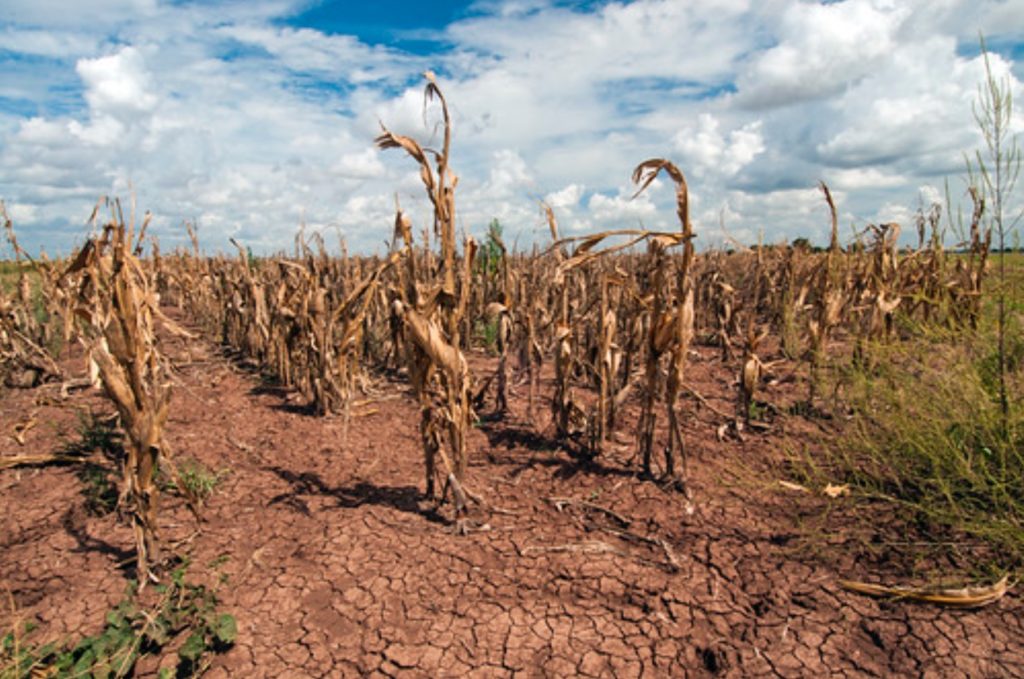
By 2025, half of the world’s population will be living in water -stressed areas World Health Organization
When I wrote Julys essay on the mega-drought in southwestern North America, we were in “extreme drought”. The rain started toward the end of July, although the drought hasn’t ended. Unfortunately, we are not the only area contending with drought.
Natural variability in weather patterns combined with anthropogenic climate heating have created drought in some places and flooding in others. Although those “natural” disasters are destructive in a rich country, they are often devastating in a low resource area. An example is found on the southeast coast of Africa, where some areas have too much rain and others have too little.
In March through May massive storms hit parts of Eastern Africa. From Ethiopia south to Tanzania heavy rains caused landslides, overflowing rivers and flash floods. Tens of thousands of people were displaced and hundreds killed. Crops were destroyed and many animals drowned.
The climate is much dryer in regions of the south of Africa. We visited Cape Town in November of 2018 and were careful to obey the water restrictions at that time: quick showers, only flush when you have to. The water in the reservoirs had been down to just weeks’ supply when, fortunately, the rains returned.
Some other areas in the south are not so fortunate. Currently, the Global Disaster Alerting and Coordination System reports serious droughts in parts of Malawi, Mozambique, Zambia and South Africa. Many people in these countries are subsistence farmers who depend on rain to nourish the crops they raise to feed their children. When it is dry, the land cannot support as many people as when rains are normal. A drought can put people’s livelihood–indeed their lives–in jeopardy. All too many starve to death in a serious drought, unless external aid comes to the rescue.
There is another plague haunting the Horn of Africa. In just one day unbelievable swarms of desert locusts consume enough food for thousands of people. Vast numbers of these insects, which can eat their body weight each day, proliferated in last year’s heavy rainfall. Scientists blame the unusual moisture on record high temperatures in the Indian Ocean, which in turn were caused by climate heating.
As these examples show, anthropogenic climate change causes different effects in different areas, even on the same coast of Africa. Although Africa is suffering, people in South America may feel the effects even more strongly.
At least 9 Latin American countries are experiencing drought. Even worse, some places have flooding, which washes away some crops, followed by drought, which kills what’s left. A recent report “Where Will Everyone Go?” (available at https://tinyurl.com/WhereWillEveryoneGo) looks at the effects of climate heating on the people in Central America. Co-researched by the New York Times and ProPublica, the authors tell the story of Jorge, a farmer in Guatemala. His crops suffer first from drought, then are washed away by flooding, then drought destroys any hope to feed his family.
Jorge pawned his last 4 goats to hire a “coyote”. He left his wife and 2 youngest children at home and entered the USA illegally over the border fence. Jorge and son are now in Houston, perhaps trying to earn enough money to bring his wife and children to safety.
This reminded me of my father’s trip to the USA. At age 4, in 1906, Louis arrived with his mother to be met by his father at Ellis Island. My grandfather had come over a year earlier to earn boat fare for the rest of the family. However, that was a different era when refugees were welcomed–in my father’s case, from religious persecution–and the barriers they faced didn’t include a 20-foot border wall.
As in all parts of the world, people in Guatemala want the best for their children. They have realized that kids do better when families are smaller. In the past decade the average number of children a woman will bear during her life has dropped from 4.4 to 2.7. However, more than a third of Guatemalans are under 15 years old, meaning that rapid growth will continue for many years.
What can we do? Fortunately, there is local action that will help make more water available locally and also slow climate change. Fossil fuel fired power plants use huge volumes of water for cooling. Trillions of gallons of Colorado water will be made available for agriculture and other uses as we shut down fossil fuel power plants and switch to wind and solar electrical generation.
© Richard Grossman MD, 2020